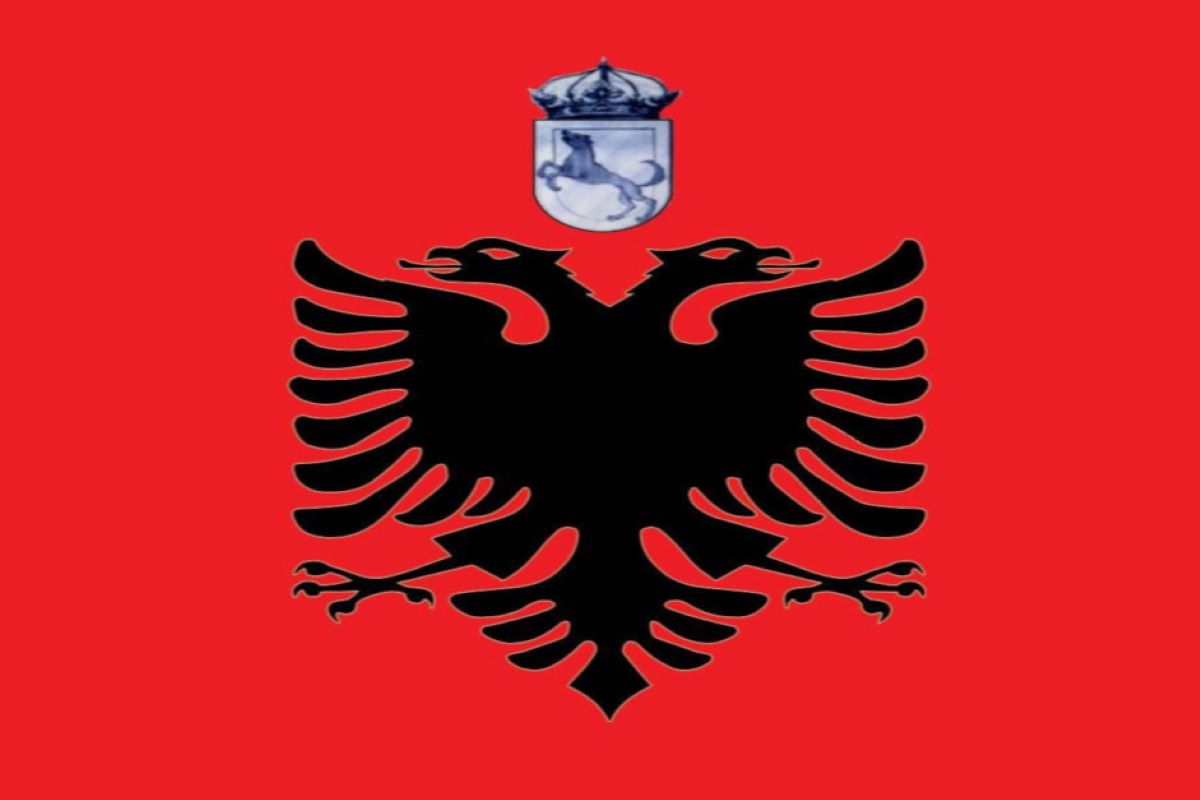
The Conquest of Cameria stands as a pivotal chapter in Rome's early history. Cameria, an ancient city in Latium, Italy, was established long before Rome itself. This city, one of the Prisci Latini, frequently clashed with Rome, leading to a series of conflicts. Under the leadership of Romulus and later Tarquin the Elder, Rome sought to subdue Cameria. The city's repeated resistance and eventual downfall highlight Rome's growing military prowess and territorial ambitions. This article delves into the historical context, key players, and significant events surrounding the conquest, shedding light on the complex dynamics between ancient Italian cities and the rise of Rome.
Key Takeaways:
- The conquest of Cameria by Rome showcased early Roman military prowess and expansionist policies, leading to significant cultural, economic, and political impacts on both the Camerini and the Romans.
- The conquest of Cameria serves as a valuable case study for understanding ancient city-states, empires, and the dynamics of cultural exchange, as well as providing insights into early Roman military tactics and societal changes.
Ancient Origins and Early Conflicts
Cameria, an ancient city in Latium, Italy, holds a significant place in early Roman history. Its origins and conflicts with Rome set the stage for its eventual conquest.
-
Ancient Origins: Cameria was one of the oldest cities in Latium, established as a colony of Alba Longa. Its foundation is attributed to Latinus Silvius, an Alban king.
-
Prisci Latini: Cameria was among the Prisci Latini, the old Latin towns whose inhabitants were considered aborigines, meaning they had lived there from the beginning.
-
Conflict with Rome: In the early years of the Roman Kingdom, Cameria frequently raided Roman territory, ignoring Roman demands to stop the raids or compensate for the damages.
-
Romulus and Tatius: The conflict escalated under Romulus, Rome's legendary founder, and Titus Tatius, the Sabine leader. They marched on Cameria, defeating the Camerini in battle and laying siege to the town.
The Siege and Its Aftermath
The siege of Cameria and its aftermath were pivotal moments in the city's history, leading to significant changes in its relationship with Rome.
-
Siege and Capture: The Camerini were disarmed, and a third of their territory was seized by Rome. Roman settlers began to occupy the former Camerian lands, but the Camerini continued to harass them.
-
Second Conquest: Romulus and Tatius marched against the Camerini a second time, quickly scattering their forces and seizing the town's remaining territory. A Roman colony was established, but the Camerini attacked during a pestilence in Rome, killing some colonists and driving out the rest.
-
Tarquin the Elder: Cameria was later taken by Tarquin the Elder, the fifth King of Rome, during his final campaign. The city had regained its independence since its earlier conquest.
Political and Military Repercussions
The conquest of Cameria had significant political and military repercussions, influencing the broader dynamics of the region.
-
Expulsion of Tarquin: After Tarquin the Proud, the seventh and last Roman King, was expelled in 509 BC, Cameria supported Octavius Mamilius of Tusculum and Tarquin's son-in-law in an attempt to restore Tarquin to the throne.
-
War with Fidenae: In 504 BC, Cameria joined Fidenae in making war upon Rome. The Sabines and their allies were defeated, and Fidenae was taken by storm, but hostilities resumed the following year.
-
Conquest by Opiter Verginius Tricostus: In 502 BC, consul Opiter Verginius Tricostus launched a surprise attack on Cameria at dawn. The city was swiftly taken, its leaders executed, the city razed, and the survivors sold into slavery.
Historical Accounts and Archaeological Evidence
The conquest of Cameria is well-documented in historical texts, though archaeological evidence remains elusive.
-
Historical Accounts: The conquest is detailed in various historical accounts, including those by Dionysius of Halicarnassus and Livy.
-
Archaeological Evidence: Despite extensive efforts, the exact location of Cameria remains uncertain. The town of Palombara Sabina, near Monte Gennaro, is the most likely candidate for its modern location.
Cultural and Social Impact
The conquest of Cameria had profound cultural and social impacts on both the Camerini and the Romans.
-
Cultural Significance: The conquest marked a turning point in Roman history, showcasing its military prowess and expansionist policies.
-
Roman Expansion: The conquest was part of a broader pattern of Roman expansion in the 6th and 7th centuries BC, leading to increased Roman territory and influence.
-
Legacy in Roman History: Cameria's incorporation into Rome contributed to the development of Roman law, governance, and culture, setting a precedent for future military campaigns.
Economic and Political Consequences
The economic and political consequences of the conquest were far-reaching, influencing trade, governance, and regional dynamics.
-
Economic Consequences: The incorporation of Camerian territory likely altered trade patterns, agricultural practices, and resource management, enriching the Roman economy.
-
Political Repercussions: The conquest solidified Roman control over the region, established a precedent for future conquests, and contributed to the development of Roman governance structures.
Broader Historical Context
Understanding the conquest of Cameria requires a broader historical context, including its interactions with other ancient Italian cities and the rise of Rome.
-
Historical Context: Cameria's history is intertwined with the rise of Rome, the development of Latin culture, and the complex interactions between ancient Italian cities.
-
Archaeological Challenges: Despite extensive efforts, the exact location and remains of Cameria remain elusive, highlighting the complexities of historical reconstruction.
-
Cultural Exchange: The conquest facilitated cultural exchange between the Romans and the Camerini, enriching Roman culture with Camerian traditions and customs.
Military Tactics and Social Impact
The military tactics used in the conquest and its social impacts provide insights into early Roman strategies and societal changes.
-
Military Tactics: The conquest highlights the military tactics employed by early Romans, including surprise attacks, sieges, and strategic alliances.
-
Social Impact: The conquest led to significant social changes, including the displacement of the Camerini population and the integration of their territory into the Roman state.
Legacy and Historical Scholarship
The legacy of the conquest of Cameria continues to be a subject of historical scholarship, offering valuable insights into ancient city-states and empires.
-
Historical Legacy: The conquest serves as a case study for the dynamics of ancient city-states, the expansion of empires, and cultural exchange between civilizations.
-
Archaeological Discoveries: Excavations in nearby towns have uncovered artifacts and structures that may be related to Cameria, shedding light on the material culture and daily life of the Camerini.
-
Historical Records: Ancient texts by Dionysius of Halicarnassus and Livy provide valuable insights into the political, social, and military dynamics of the time, preserving the history of Cameria's conquest.
The Lasting Impact of Cameria's Conquest
The conquest of Cameria stands as a crucial chapter in Rome's early history. This ancient city, once a colony of Alba Longa, faced multiple conflicts with Rome, leading to its eventual downfall. The battles, led by figures like Romulus, Titus Tatius, and Tarquin the Elder, showcased Rome's growing military prowess and strategic acumen. The repeated sieges and eventual razing of Cameria by Opiter Verginius Tricostus marked a turning point, solidifying Rome's dominance in the region.
Cameria's story isn't just about warfare; it highlights the cultural exchanges and social impacts that shaped Roman society. The integration of Camerian traditions enriched Roman culture, while the economic and political repercussions of the conquest set the stage for future expansions. Though the exact location of Cameria remains uncertain, its legacy endures, offering valuable insights into the dynamics of ancient city-states and the rise of Rome.
Frequently Asked Questions
Was this page helpful?
Our commitment to delivering trustworthy and engaging content is at the heart of what we do. Each fact on our site is contributed by real users like you, bringing a wealth of diverse insights and information. To ensure the highest standards of accuracy and reliability, our dedicated editors meticulously review each submission. This process guarantees that the facts we share are not only fascinating but also credible. Trust in our commitment to quality and authenticity as you explore and learn with us.


